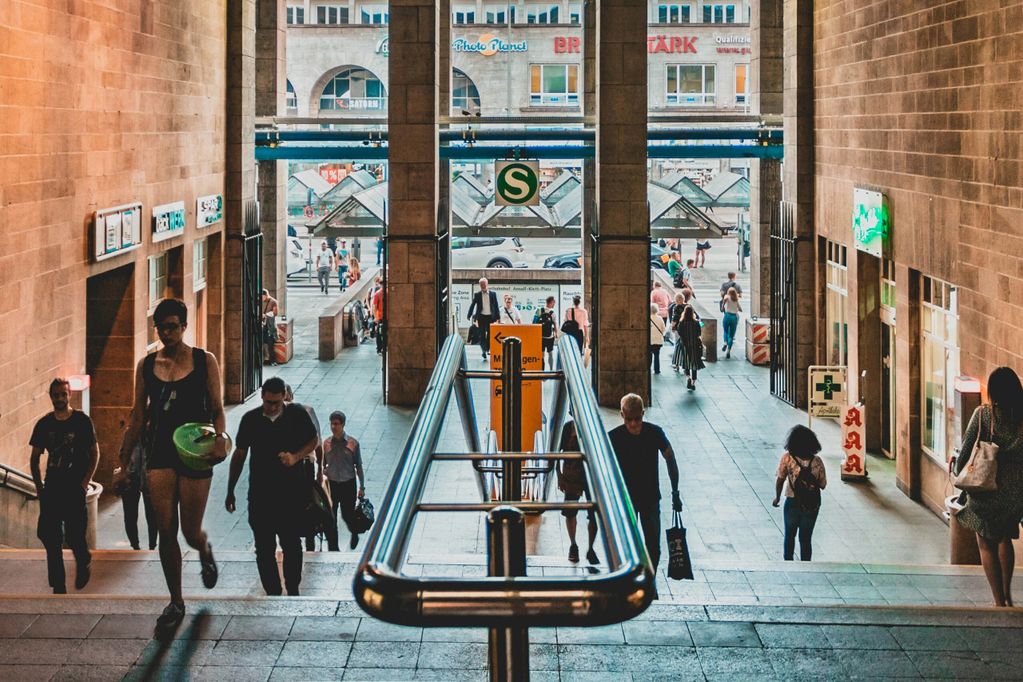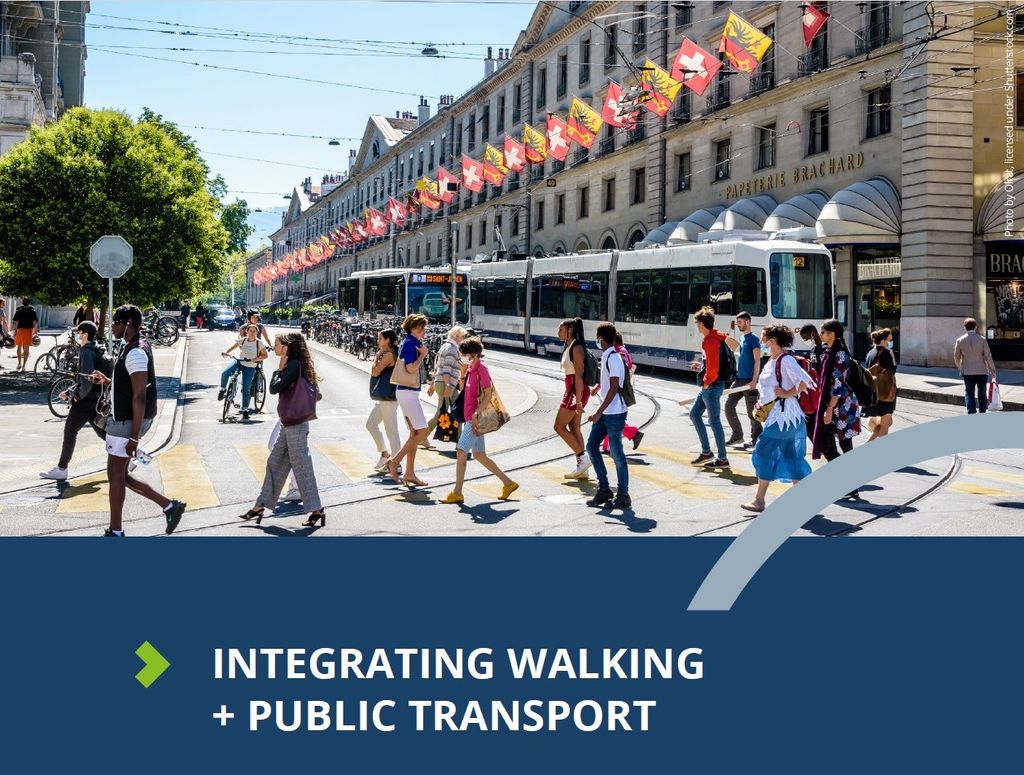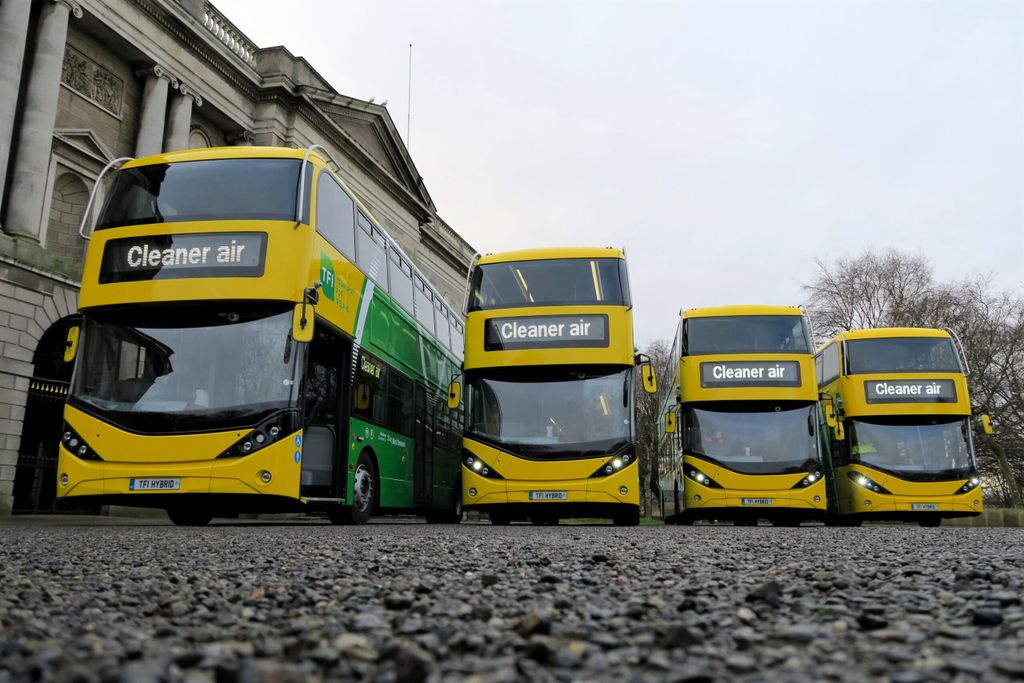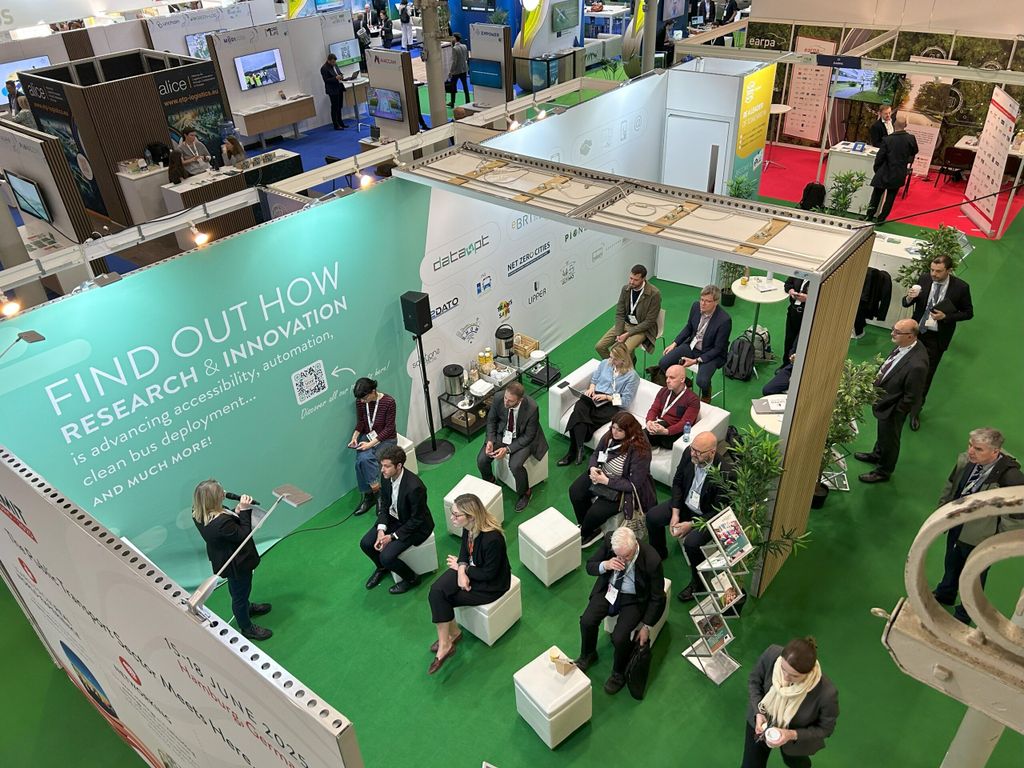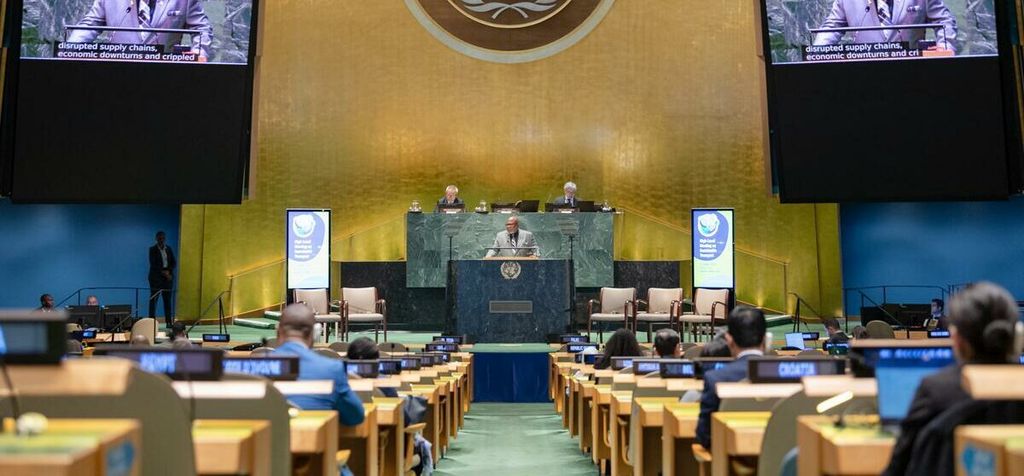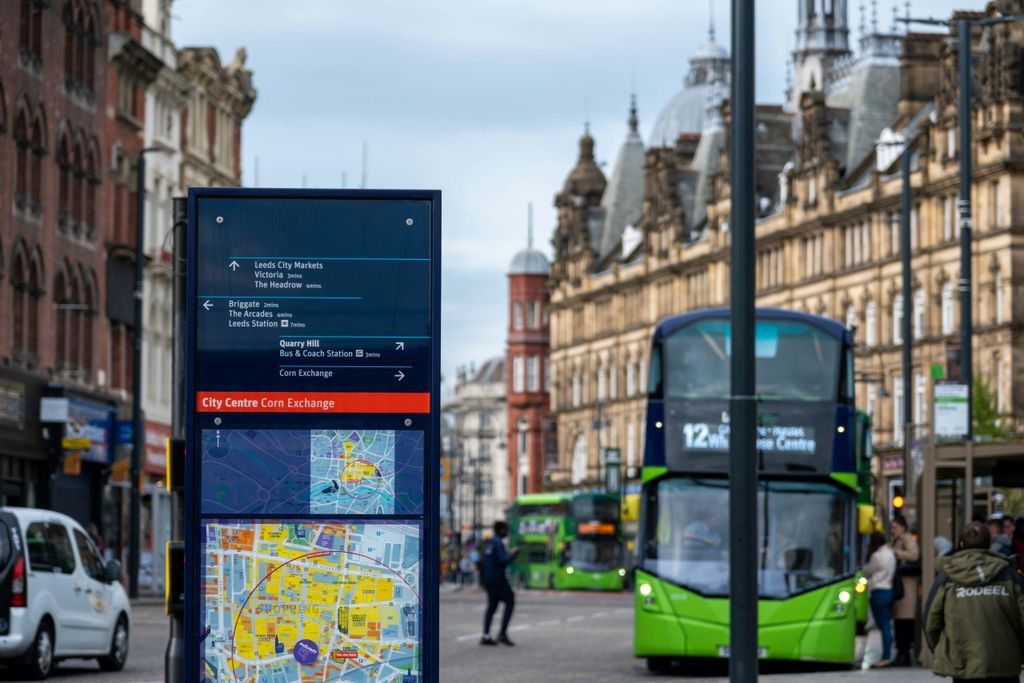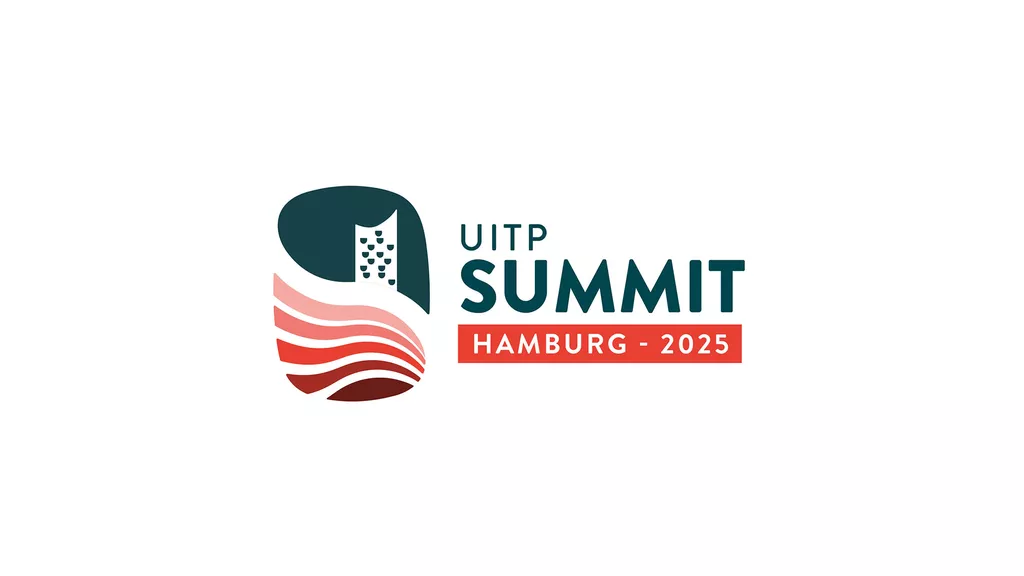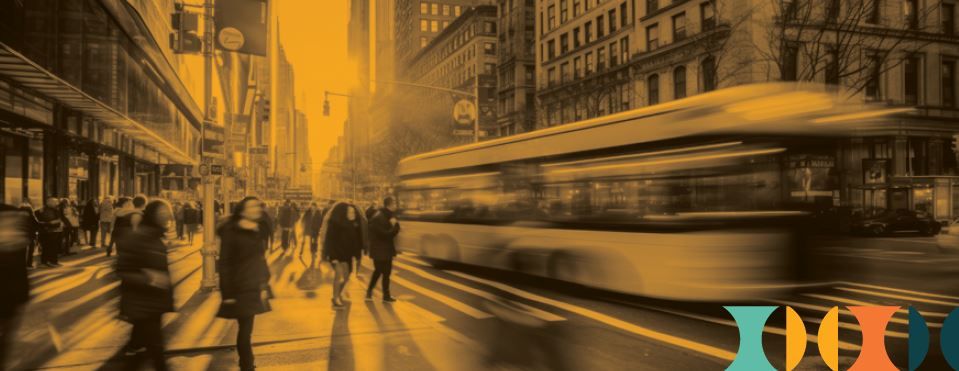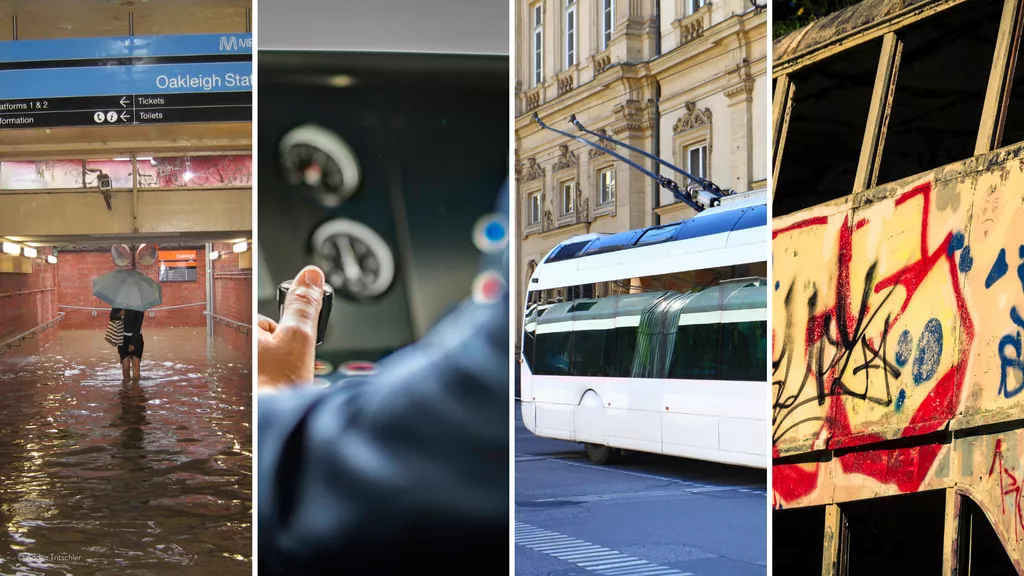
The State of Public Transport – UITP Policy Board, Porto, 23-24 April 2024
in need of urgent and decisive action
Major investments in public transport are needed to unlock the sector’s true potential for decarbonisation. It’s no coincidence that the United Nations General Assembly named 2026 to 2036 the Decade of Sustainable Transport, and invited UITP to contribute to the implementation plan.
But at the same time, extreme weather events thanks to the climate crisis are putting new pressures on our infrastructure and service continuity. Add to that an unprecedented shortage of labour, especially among drivers and technical functions, and we the sector need to take urgent and decisive action.
As the UITP Policy Board gathers in Porto to discuss the priorities of our research, the sector is faced with a complex set of challenges and ready to grasp major opportunities. Let’s dive deeper into the state of public transport.
The challenge of recruitment and retention
The recruitment and retention of staff is one of the top challenges that the sector faces. By 2030, 87,000 bus drivers will be needed in Germany, meanwhile France foresees a shortage of 100,000 staff. These are no small numbers, and it means the sector must urgently start doing three things: attract, train, and retain. Easier said than done, sure. So, how do we do it?
In an upcoming Policy Brief, UITP will set out how public transport organisations can achieve just that. In short, the answer is to improve employee experience to make public transport a sector of choice. That will take cross-stakeholder collaboration and strengthening our use of data to make better and more unified HR decisions.
Get a reminder for Policy Brief: Recruitment & Retention
Part of this story also means making public transport more attractive for prospective female employees. According to an undergoing UITP and European Investment Bank report on Gender Best Practices in Public Transport, women in transport make up only 19% of the public transport workforce. Given this, training, recruiting, and retaining more women would not only make the sector more inclusive, but also alleviate the workforce shortage. Though recruiting women remains a challenge.
“There is no single measure that leads to success. Instead, a holistic approach ensures that the culture is ingrained at every level.”
At the end of the day, getting more women in management roles will help shape public transport to better suit women – though it can take an inclusive service to make women want to work in public transport in the first place. When nearly half of women avoid public transport for security reasons, the first step to hiring and retaining more women means already offering an inclusive service right now.
Not only prevention
At this point, climate change has gone past only prevention and require adaptation. To continue delivering a quality service and operate during whatever environmental disaster that may come, we must futureproof our sector. In the United States for example, the upcoming hurricane season is set to be one of the most severe in memory.
To that end, progress is being made. At COP28, public transport was included in the final resolution for the very first time. What matters moving forward is to develop actions on adaptation. At the moment, 59% of PTOs and PTAs report on climate adaptation, while a quarter don’t consider climate adaptation at all in their strategy. To help the sector through this difficult transition, UITP will soon release a Climate Change Adaptation Framework and a Policy Brief on adaptation and resilience.
Get a reminder for Climate Adaptation
To be sure, we shouldn’t all need a hurricane to come by to learn the necessity of climate resilience. By connecting with others and learning from the best practice, we can avoid the damage and disruption to our sector.
“The cost of not doing something is so much more later down the line.”
with IMC trolleybuses
Trolleybuses are nothing new, having been around for 130 years, but in-motion charging (IMC) trolleybuses promise to revolutionise the mode.
Here are some of the benefits of the new technology:
- IMC trolleybuses can go as far as 30% of their route off-wire
- They don’t require energy-intensive depots to recharge
- Charging during natural stops means no downtime
- Charging is quick, automatic, and safe for drivers
- Single wire is relatively inexpensive to install
- Can easily reroute or extend services
Last year, UITP released a Knowledge Brief on IMC Trolleybuses. An upcoming Policy Brief will build on this and issue practical recommendations on the promotion, procurement, and commissioning process of getting these innovative trolleybuses up and running.
Ensuring safe and secure public transport
Graffiti is more than a nuisance for public transport operators. In fact, it can be a substantial cost. For STIB-MIVB in Brussels, the removal of graffiti on vehicles alone sets the operator back €2 million a year.
Why clean it in the first place? It’s simple – graffiti pasted all over stations and vehicles sends the message to others (who may have more sinister intentions) that our security isn’t up to scratch. Passengers want to feel safe on public transport. The idea that people can spend time vandalising a vehicle – sometimes by accessing them in restricted areas – doesn’t exactly fill passengers with confidence that their journey will be safe!
“We have been looking at graffiti as a financial issue because of the cleaning costs. But we have to look at it as a security issue, because it covers unauthorised access to restricted areas.”
As well, if we reduce the visibility of graffiti, we also reduce the motivation to do it. To discover the strategies that public transport can enact to tackle graffiti, look out for UITP’s Graffiti Action Points. The paper will outline what operators should do, from how to approach internal communication to ensure that every instance of graffiti gets reported and how public transport can collaborate with authorities like the police.
The UITP Policy Board comes together twice per year to discuss the most important issues facing the sector and exchange ideas on how to move forward. From sustainability to the labour shortage; the ideas and discussions in this forum lead to a clear way forward that supports the entire public transport sector.
In ‘The State of Public Transport’ we outline the current issues and how our sector is aiming to tackle them.
The next Policy Board meets 4-5 November in Singapore.




